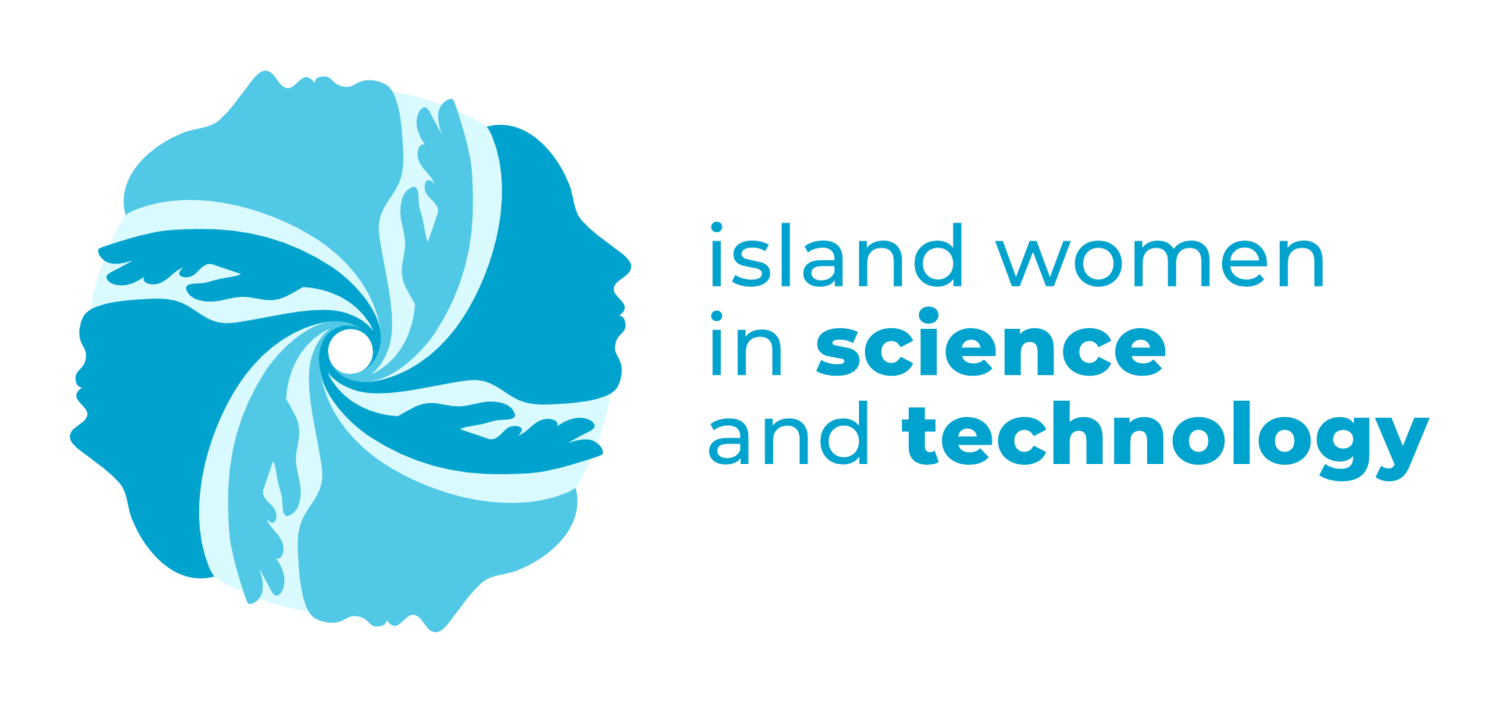Victoria Pride Society for Pride Month
June is Pride month: A time when love triumphs. But love is a verb and Pride month comes with a call to action.
As women in STEAM fields can often attest, science can feel a bit like an old boys club. Despite the term “scientist” being conceptualized for a woman, science’s infancy was rife with calculated gatekeeping1. In academia today, women must outperform their male colleagues almost 3:1 to get similar postdoctoral fellowships2. It’s no wonder that stereotype threat can straightjacket femininity to avoid being seen as inaccurately and incongruously “unscientific”3. Similarly, other marginalized groups—like those in the gender, sexual, and relationship diverse (GSRD) community—are not immune to science’s sometimes chilly climate.
However, empowering marginalized groups can innoculate them against stereotype threat, even reducing cognitive interference4-6. Simply put, representation matters. Recruiting someone’s self-identity can help them to overcome challenges and the concept of role models—even those on-screen or in pictures—is proven to bolster self-esteem and confidence7, 8.
The drive to belong can be harnessed to encourage underrepresented members to show up authentically in STEAM. While this is a culture-based problem, we can still make a difference by empowering groups marginalized by this social system. This Pride month, add your pronouns to your email signatures, your website bios, and even your business cards. Add a rainbow flag sticker to your laptop. Be vocal about your support of the GSRD community and make your voice heard. Somewhere out there, someone needs to hear it.
Ace Mann (they/them)
References:
Ross, S. (1962) Scientist: The Story of a Word. Annals of Science 18(2), pp. 65-85.
Wenneras, C. & Wold, A. (2001). Women, Science, and Technology: A Reader in Feminist Science Studies (New York, Routledge), pp. 46-52.
Eagly, A. H. (2003). Few Women at the Top: How Role Incongruity Produces Prejudice and the Glass Ceiling. Leadership and Power: Identity Processes in Groups and Organizations (London, Sage), pp. 79-93.
Hänggi, J., Fövenyi, L., Liem, F., Meyer, M., & Jäncke, L. (2014). The hypothesis of neuronal interconnectivity as a function of brain size—A general organization principle of the human connectome. Frontiers in Human Neuroscience, 8. pp. 915.
Marwha, D., Halari, M., & Eliot, L. (2017). Meta-analysis reveals a lack of sexual dimorphism in human amygdala volume. NeuroImage, 147. pp. 282-94.
Tan, A., Ma, W., Vira, A., Marwha, D., & Eliot, L. (2016). The human hippocampus is not sexually dimorphic: Meta-analysis of structural MRI volumes. NeuroImage, 124. pp. 350-66.
Ritchie, S. J., Cox, S. R., Shen, X., Lombardo, M V., Reus, L. M.,Alloza, C., Harris, M. A., Alderson, H, L., Hunter, S., Neilson, E., & Liewald, D. C. (2018). Sex differences in the adult human brain: Evidence from 5216 UK biobank participants. Cerebral Cortex 28(8). pp. 2959-75.
Young, T. (2018). Why can’t a woman be more like a man? Quillette.
